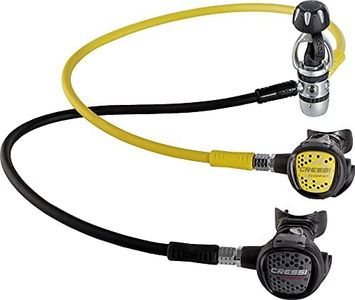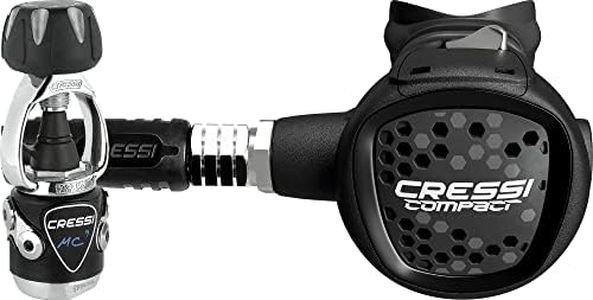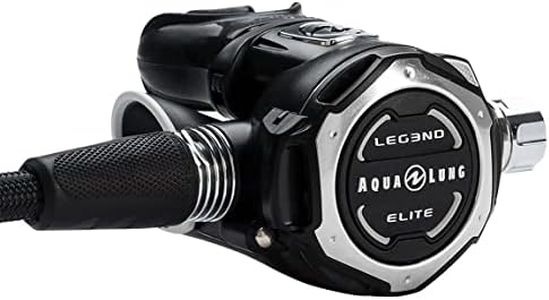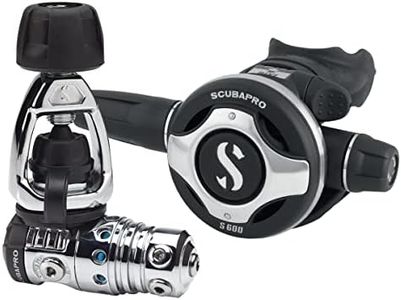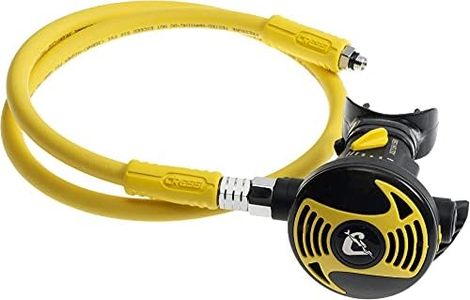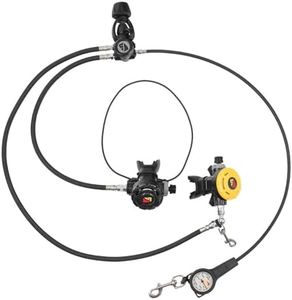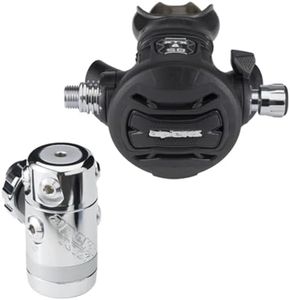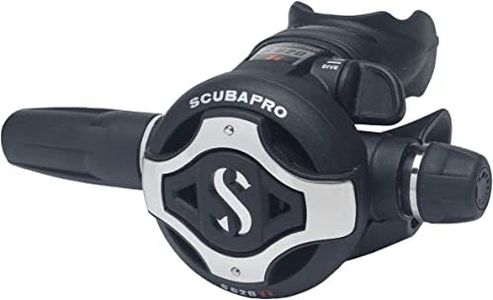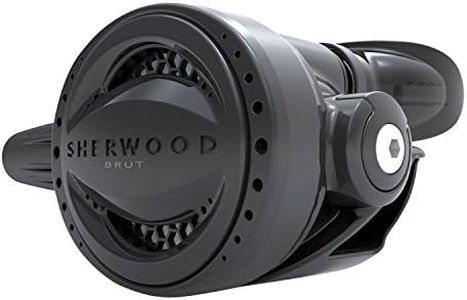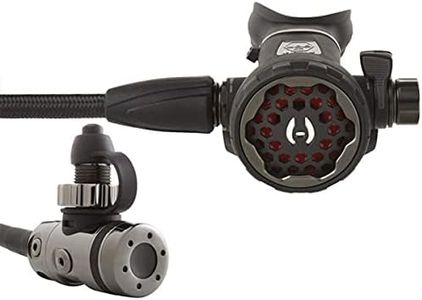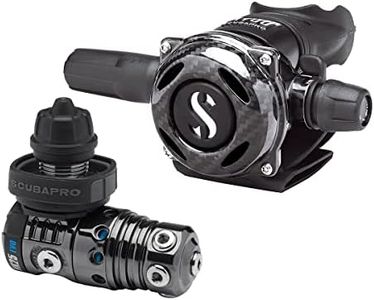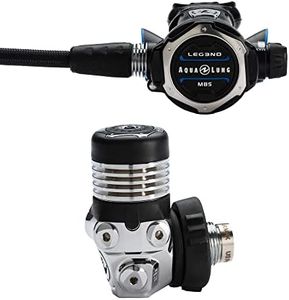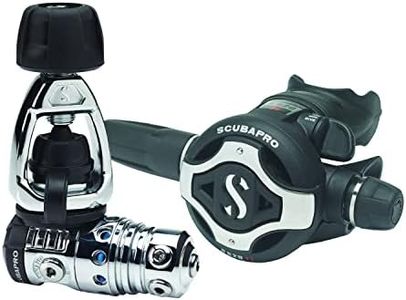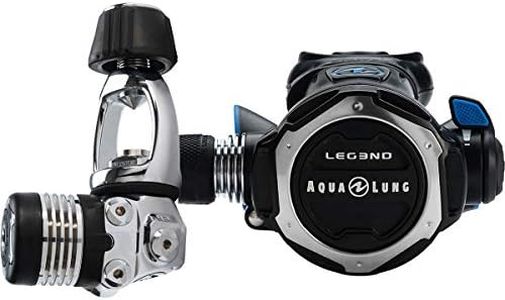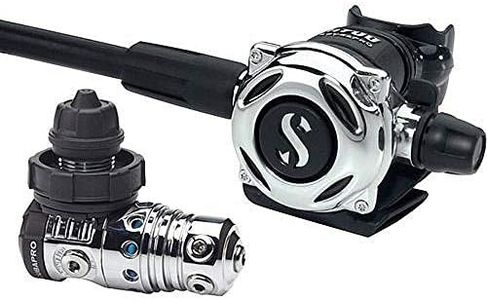We Use CookiesWe use cookies to enhance the security, performance,
functionality and for analytical and promotional activities. By continuing to browse this site you
are agreeing to our privacy policy
10 Best Diving Regulators
From leading brands and best sellers available on the web.Buying Guide for the Best Diving Regulators
Choosing the right diving regulator is essential for any scuba diver, as it directly affects your breathing comfort and safety underwater. When selecting a regulator, it’s important to focus on performance, reliability, and features that match your experience level and intended type of diving. Understanding the main aspects of a regulator will help you make a well-informed choice that ensures your dives are enjoyable, trouble-free, and most importantly, safe.First Stage TypeThe first stage is the part of the regulator that attaches to your scuba tank and reduces high-pressure air to an intermediate pressure. Regulators come in two main types: piston and diaphragm. Piston designs are often praised for their simplicity and performance in cold water but may require more frequent maintenance. Diaphragm regulators are more environmentally sealed, making them preferable in cold or dirty water. If you plan to dive in very cold or questionable water conditions, a diaphragm first stage will usually serve you better. For recreational divers in warm, clear waters, either type can work well, so consider your future diving environments as you decide.
Second Stage PerformanceThe second stage delivers breathable air to you on demand and is where you actually breathe from. Performance is usually measured in terms of how easy it is to inhale and exhale, especially under exertion or at depth. Some second stages offer adjustable inhalation and venturi controls for finer tuning. Basic models are fine for calm, shallow dives, while high-performance, adjustable models become important for deep, challenging, or technical dives where breathing resistance can increase.
Balanced vs. UnbalancedA balanced regulator maintains steady breathing effort regardless of depth or how full your tank is, while an unbalanced regulator may become harder to breathe from as the pressure drops. For those who expect to do deep dives, longer or more strenuous dives, or who simply want a consistent breathing experience, a balanced regulator is preferable. If your dives are short, shallow, and infrequent, an unbalanced design may still serve you adequately.
Cold Water CompatibilityDiving in cold water increases the risk of regulator freezing, which can cut off your air supply. Some regulators are specifically designed for cold water use, featuring environmental seals and heat exchangers to prevent freezing. If you plan to dive in waters colder than 10°C (50°F), prioritize a regulator made for cold water to maximize safety and performance. Warm water divers usually don’t need to worry about this feature.
Ports and ConfigurationRegulators have multiple ports for connecting hoses like your octopus (backup regulator), inflator, and gauges. The number and arrangement of these ports affect how you can set up your gear. More ports allow for flexibility, especially if you want to add accessories in the future. Technical divers or those planning complex dives with stage tanks will want extra ports, while recreational divers can get by with fewer. Consider what gear you currently use and what you might add as you gain experience.
Ease of Service and MaintenanceAll regulators require regular maintenance to remain safe and reliable. Some regulators are designed for easier servicing, with parts readily available worldwide, while some niche models may require specialized service centers. If you travel or dive in remote areas, a regulator with widespread service support is recommended. If you mostly dive locally and have access to a trusted service technician, this may matter less.
